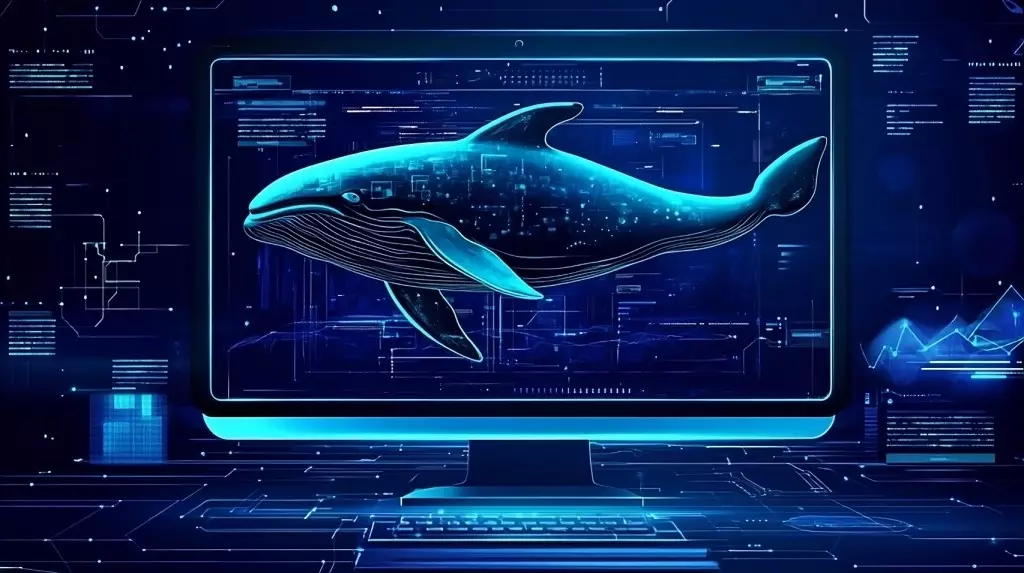The landscape of artificial intelligence is undergoing a substantial metamorphosis, one that could redefine the trajectory of its future. Advances such as those orchestrated by DeepSeek, which have achieved remarkable performance without the need for the latest hardware advancements, signal a departure from traditional paradigms that prioritize sheer computational power. Unlike the proliferation of fascination surrounding tools like ChatGPT, this evolving narrative centers on rethinking AI’s operational frameworks, making it more synergistic with human interaction and environmental realities.
This newfound era can be aptly described as a “reasoning renaissance.” As noted in key presentations at the NeurIPS conference by luminary figures like Ilya Sutskever, the future of AI extends beyond merely amplifying computational capacity. Instead, it emphasizes innovative methodologies that facilitate a deeper engagement with the world around us. Within this context, models like DeepSeek’s R1 and OpenAI’s o1 exemplify this emerging sophistication, moving away from naive scaling to intricate methodologies that harness efficiency and intellect.
The arrival of this reasoning-centric paradigm is fortuitous, responding to the inherent limitations posed by finite data available on the internet. The growing consensus among researchers is clear: as the limits of pretraining are encountered, the focus must pivot towards harnessing human-like cognitive capabilities within AI systems. For instance, DeepSeek’s R1 demonstrates these cognitive traits by engaging in reflective “Aha!” moments, mirroring human thought processes that guide us through complex problem evaluations.
Innovative applications of this transformative technology are already making waves in everyday life, as evidenced by Meta’s integration of AI capabilities into their Ray-Ban smart glasses. With enhancements that facilitate seamless, context-aware dialogues with AI assistants, free from the constraints of traditional wake phrases, we are witnessing the dawn of AI that operates in concert with human cognition, expanding the possibilities for technology to augment daily life.
This shift is not simply an enhancement of features; it heralds a fundamental change in how AI systems can enrich human experiences without necessitating an escalation in model size or pretraining. The ingenuity of this moment lies not just in enhancing capabilities but in questioning previously held assumptions of AI’s reliance on downstream training and computational scalability.
The Environmental Quandary: Efficiency Vs. Consumption
However, as we navigate this intriguing evolution, we must also remain vigilant regarding the unintended consequences of heightened efficiency. The phenomenon known as Jevons Paradox—the belief that increased efficiency in resource usage can lead to greater overall consumption—becomes particularly relevant. Although techniques that reduce costs in training AI models are commendable, they could paradoxically empower more entities to develop their models, potentially leading to increased energy demands overall.
DeepSeek stands out as a case study that counters this trend. By demonstrating how high-performance AI can be achieved without cutting-edge hardware, DeepSeek refocuses our perception from merely calculating computational expenses to architecting more intelligent frameworks. The pivotal shift from a singular emphasis on computational might to a nuanced appreciation for the design of AI systems suggests a path that might help mitigate the pitfalls of resource consumption.
Leading figures within the AI ecosystem, such as UCLA professor Guy Van Den Broeck, emphasize the importance of reevaluating cost structures associated with model reasoning. As the impacts of AI systems on the environment grow, there is an urgent call for developing solutions that marry efficiency with sustainability. The groundbreaking strides made by DeepSeek act as a beacon, illuminating a future where intelligence, rather than brute force, defines AI’s growth trajectory.
The opportunity for enterprise leaders lies in this transition. Prioritizing smart architectural designs that leverage chains of specialized agents over expansive, singular models could result in optimized performance that acknowledges ecological footprints. Infrastructure that fosters iterative, human-in-the-loop development offers the potential to unlock creativity in AI applications, bridging the gap between utility and environmental responsibility.
As we venture forward, the advancements brought forth by companies like DeepSeek signal the end of the era where “bigger is better.” The proliferation of innovative methodologies that allow for achieving more with less opens exciting avenues for creativity within the AI sector. This is a pivotal moment for startups and enterprises willing to embrace a forward-thinking approach to AI—focusing on designs that yield practical, sustainable solutions that resonate not just with technological advancements, but with societal needs and environmental considerations. It is within this creative landscape that we will find the true promise of AI, one that aligns human values with technological progress.


Leave a Reply